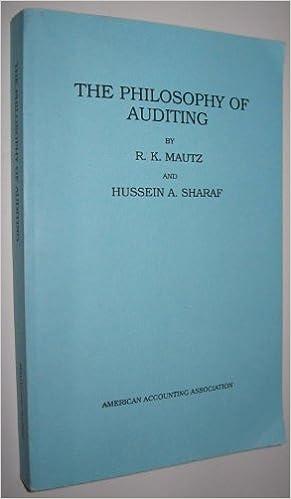

Calculate the following ratios for Year 4 and Year 3. a. Working capital. b. Current ratio. (Round your answers to 2 decimal places.) c. Quick ratio. (Round your answers to 2 decimal places.) d. Receivables turnover (beginning receivables at January 1, Year 3, were $50,000 ). (Round your answers to 2 decimal places.) e. Average days to collect accounts receivable. (Use 365 days in a year. Round your intermediate calculations to 2 decimal places and your final answers to the nearest whole number.) f. Inventory turnover (beginning inventory at January 1, Year 3, was $156,000 ). (Round your answers to 2 decimal places.) g. Number of days to sell inventory. (Use 365 days in a year. Round your intermediate calculations to 2 decimal places and your final answers to the nearest whole number.) h. Debt-to-assets ratio. (Round your answers to the nearest whole percent.) i. Debt-to-equity ratio. (Round your answers to 2 decimal places.) j. Number of times interest was earned. (Round your answers to 2 decimal places.) k. Plant assets to long-term debt. (Round your answers to 2 decimal pleces.) I. Net margin. (Round your answers to 2 decimal places.) m. Turnover of assets (average total assets in Year 3 is $551,600 ). (Round your answers to 2 decimal places.) n. Return on investment (average total assets in Year 3 is $551,600 ). (Round your answers to 2 decimal places.) o. Return on equity (average stockholders' equity in Year 3 is $249,300 ). (Round your answers to 2 decimal places.) p. Earnings per share (total shares outstanding is unchanged). (Round your answers to 2 decimal places.) q. Book value per share of common stock. (Round your answers to 2 decimal places.) r. Price-earnings ratio (market price per share: Year 3, \$12.55; Year 4 , \$14.10). (Round your intermediate calculations and final answer to 2 decimal places.) s. Dividend yield on common stock. (Round your answers to 2 decimal places.) Calculate the following ratios for Year 4 and Year 3. a. Working capital. b. Current ratio. (Round your answers to 2 decimal places.) c. Quick ratio. (Round your answers to 2 decimal places.) d. Receivables turnover (beginning receivables at January 1, Year 3, were $50,000 ). (Round your answers to 2 decimal places.) e. Average days to collect accounts receivable. (Use 365 days in a year. Round your intermediate calculations to 2 decimal places and your final answers to the nearest whole number.) f. Inventory turnover (beginning inventory at January 1, Year 3, was $156,000 ). (Round your answers to 2 decimal places.) g. Number of days to sell inventory. (Use 365 days in a year. Round your intermediate calculations to 2 decimal places and your final answers to the nearest whole number.) h. Debt-to-assets ratio. (Round your answers to the nearest whole percent.) i. Debt-to-equity ratio. (Round your answers to 2 decimal places.) j. Number of times interest was earned. (Round your answers to 2 decimal places.) k. Plant assets to long-term debt. (Round your answers to 2 decimal pleces.) I. Net margin. (Round your answers to 2 decimal places.) m. Turnover of assets (average total assets in Year 3 is $551,600 ). (Round your answers to 2 decimal places.) n. Return on investment (average total assets in Year 3 is $551,600 ). (Round your answers to 2 decimal places.) o. Return on equity (average stockholders' equity in Year 3 is $249,300 ). (Round your answers to 2 decimal places.) p. Earnings per share (total shares outstanding is unchanged). (Round your answers to 2 decimal places.) q. Book value per share of common stock. (Round your answers to 2 decimal places.) r. Price-earnings ratio (market price per share: Year 3, \$12.55; Year 4 , \$14.10). (Round your intermediate calculations and final answer to 2 decimal places.) s. Dividend yield on common stock. (Round your answers to 2 decimal places.)








